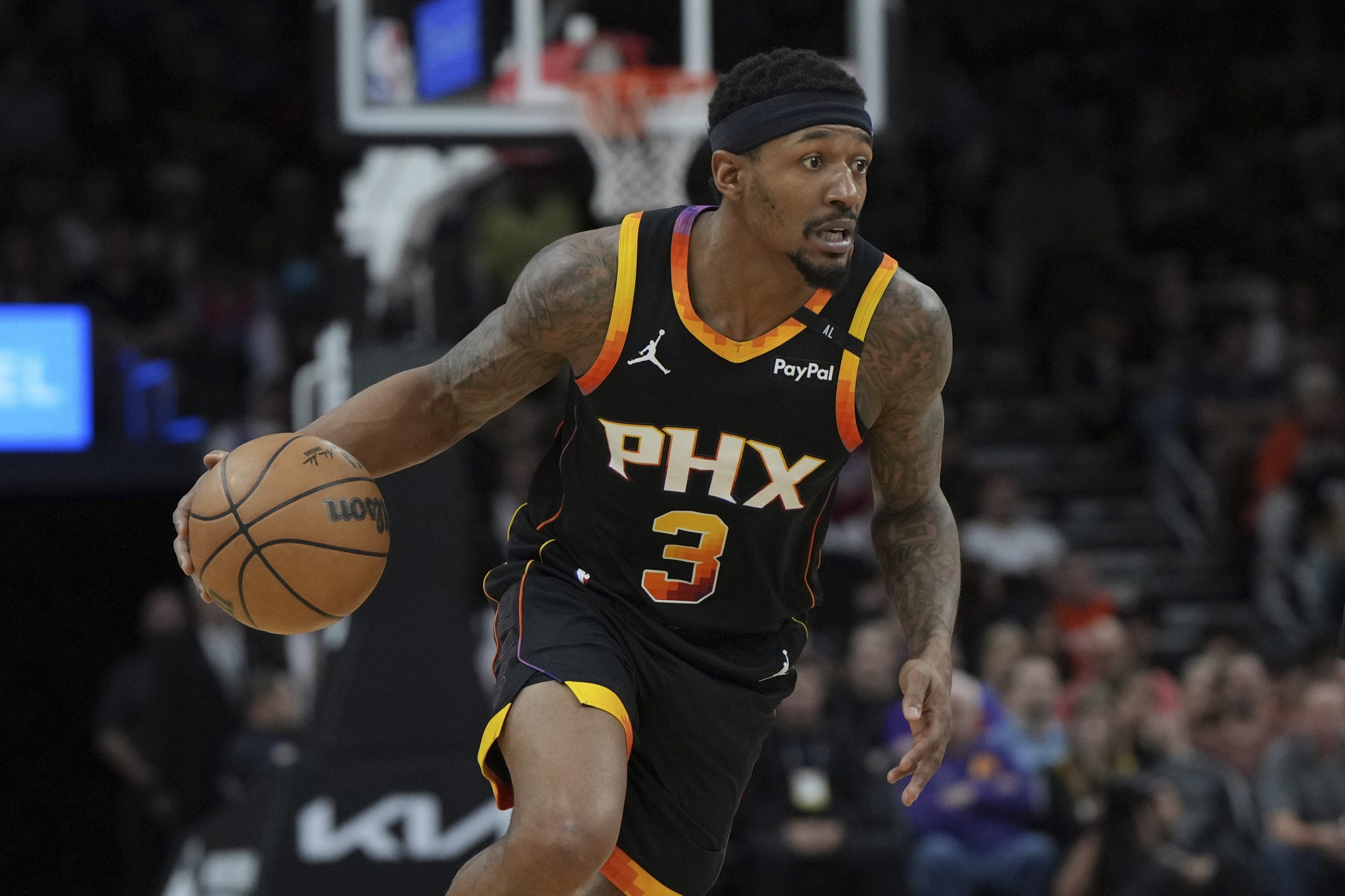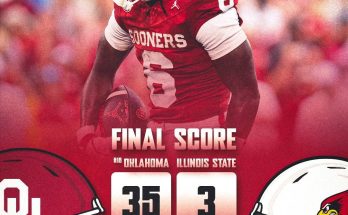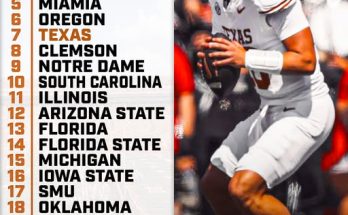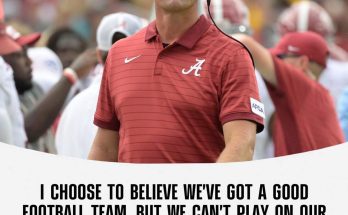Bradley Beal’s recent decision to join forces with James Harden and Kawhi Leonard on the Los Angeles Clippers rather than donning the purple and gold of the Lakers has sparked waves of discussion throughout the NBA community. The story behind Beal’s rejection of the Lakers, a franchise with one of the richest histories in basketball, is as layered and compelling as any major free agency decision in recent memory. In many ways, it reflects not only on Beal’s personal priorities and aspirations but also on the changing nature of superstar movement in the modern NBA.
When Beal became available, there was widespread expectation that the Los Angeles Lakers—known for their allure to top-tier talent—would be one of the first teams to make a push for the scoring guard. With LeBron James still playing at a high level and Anthony Davis anchoring the frontcourt, it seemed logical that Beal would see the Lakers as a championship-ready destination. The Lakers, despite a few roster inconsistencies, offered a strong branding platform, championship pedigree, and the glitz of Los Angeles. But instead, Beal chose a different path, aligning himself with a Clippers team that has long played second fiddle to its more glamorous counterpart.
To understand Beal’s decision, one must first delve into his mindset. A three-time All-Star and one of the league’s most consistent scorers over the past decade, Beal had spent his entire career with the Washington Wizards. He had ample opportunity to request a trade earlier, especially when the Wizards were mired in mediocrity. However, Beal demonstrated a loyalty uncommon in the modern NBA, repeatedly expressing his desire to win in Washington. His commitment to the franchise earned him respect, but eventually, the pull of true contention became too strong to ignore.
In recent seasons, it became increasingly clear that Washington wasn’t going to offer Beal the competitive opportunities he desired. As the franchise pivoted towards a rebuild, it became inevitable that Beal would seek greener pastures. When the Wizards finally opened the door for trade talks, multiple contenders showed interest, including the Miami Heat, Milwaukee Bucks, Phoenix Suns, and both Los Angeles franchises. The Clippers and Lakers quickly emerged as viable options, both capable of facilitating a trade and both possessing superstars already in place.
What differentiates the Clippers’ appeal to Beal over the Lakers can be attributed to a multitude of factors, both basketball-related and personal. One crucial detail lies in the structure and stability of each franchise. The Clippers, under the ownership of Steve Ballmer, have invested heavily in creating a winning culture and state-of-the-art infrastructure. Their newly built Intuit Dome, scheduled to open soon, promises to be a world-class facility unmatched by most franchises. Ballmer’s commitment to spending, hiring top-tier personnel, and giving players access to cutting-edge resources is a major draw.
Moreover, the Clippers’ front office, led by Lawrence Frank, has gained a reputation for transparency and professionalism. Players trust that their voices are heard and that moves are made with winning in mind. In contrast, the Lakers, despite their prestige, have faced criticism for front office instability and a sometimes reactive approach to roster building. While Rob Pelinka has made some successful moves, there have been questionable decisions regarding roster continuity and depth over the past few seasons, particularly during the post-championship era.
For Beal, joining the Clippers also meant reuniting with a stylistic fit that aligned more closely with his game. Kawhi Leonard and Paul George, although both wings, are not ball-dominant in the same way as LeBron James. James is a generational passer and often the primary decision-maker on the court. For some players, that’s an ideal situation, but for someone like Beal—who thrives with the ball in his hands and operates as a high-volume scorer—it may pose a challenge. Beal has grown into a primary offensive engine, and while he is capable of adapting, he likely didn’t envision a reduced role as a tertiary option behind LeBron and Davis.
Meanwhile, James Harden, who also committed to re-signing with the Clippers, brings an element of spacing and playmaking that could complement Beal’s game more organically. Harden’s ability to run pick-and-rolls and make plays off the dribble allows Beal to move more freely off the ball, curl around screens, and find open shots. Furthermore, the shared offensive load between Harden, Beal, and Leonard creates a dynamic trio capable of attacking from multiple angles.
Another consideration that reportedly influenced Beal’s choice was the potential to be part of a new era for the Clippers. Unlike the Lakers, whose identity is deeply tied to its legendary past, the Clippers are still in search of their first championship. Joining the Clippers provides Beal the chance to be a foundational piece in building that legacy—a unique challenge and opportunity for any star seeking to carve out a distinct legacy. Winning with the Lakers would certainly be celebrated, but winning with the Clippers would immortalize Beal as part of the team’s first true golden era.
It’s also worth noting the relationships and behind-the-scenes dynamics that often go unreported but influence these decisions significantly. Beal’s connection to Clippers personnel—whether through previous Team USA experiences, offseason training circles, or mutual respect with current players—likely helped foster a sense of comfort and mutual vision. Such chemistry cannot be overstated, especially in a league where off-court trust often translates to on-court success.
Meanwhile, from the Lakers’ perspective, Beal’s decision to pass on their overtures raises broader questions about their long-term viability as a free-agent magnet. While they still possess tremendous market appeal, recent seasons have shown that brand alone may not be enough. Players are more discerning than ever, prioritizing organizational competence, medical staff quality, lifestyle preferences, and opportunities for personal brand development outside of the traditional norms.
Additionally, the Lakers’ roster construction and cap flexibility at the time were less than ideal. In order to acquire Beal, they would have likely needed to part ways with multiple young contributors or commit long-term salary in a way that would hinder future flexibility. The Clippers, meanwhile, had more tradable pieces and a clearer vision of how Beal would integrate into their current core.
There’s also the question of timelines. LeBron James, while still elite, is nearing the twilight of his career. Though he continues to defy age, no player is immune to the passage of time. Beal, still in his early 30s, likely considered the sustainability of any potential title window. The Clippers, with a slightly younger supporting cast and potential to extend their core through contracts and trades, may have offered a more appealing horizon for consistent contention.
On the media side, the decision to join the Clippers also allows Beal to operate in the Los Angeles market without the intense scrutiny that comes with being a Laker. While the spotlight shines on both teams, the Lakers are constantly under the microscope. Every win, every loss, every locker-room disagreement becomes headline material. For a player like Beal, who has largely flown under the radar for much of his career despite his scoring prowess, the Clippers offer the perfect balance of relevance and relative peace.
Even Beal’s comments following the move hinted at the importance of this blend. He emphasized wanting to be part of a team where the egos were checked at the door and the focus was entirely on winning. The Clippers, especially given their repeated shortcomings in the playoffs, seem to be embracing a do-or-die mentality this season. With Leonard healthy, Harden reinvigorated, and Beal eager to prove he can lead a contender, the team now has both motivation and talent in spades.
Of course, only time will tell whether Beal’s gamble pays off. The Clippers have dealt with repeated injuries and playoff disappointments in recent years. Chemistry will be key, and head coach Tyronn Lue will need to navigate egos, rotations, and late-game situations with precision. But the potential is undeniable. Beal adds a scoring punch, perimeter gravity, and mid-range savvy that few in the league can match. Combined with Leonard’s two-way dominance and Harden’s passing genius, the Clippers suddenly boast one of the league’s most formidable trios.
From a legacy standpoint, Beal’s decision could redefine how he is remembered. If he helps deliver the Clippers their first championship, it may carry more historical weight than joining a Lakers team already steeped in titles. The move underscores the evolving mentality among modern NBA stars: winning matters, but how and where you win matters even more.
Ultimately, Bradley Beal’s rejection of the Lakers wasn’t a dismissal of their history or status. It was a calculated decision based on basketball fit, organizational structure, future potential, and personal comfort. While it may sting for Lakers fans, it represents a broader trend in player empowerment. Today’s NBA stars are more informed, more intentional, and more strategic than ever before. They are not just choosing teams—they are choosing narratives, identities, and legacies.
As the 2025 NBA season approaches, all eyes will be on the Clippers to see if this latest experiment in superstar assembly leads to the promised land. For Beal, the challenge is clear, but so is the opportunity. He didn’t take the path of least resistance or the one most traveled. Instead, he chose a route that offers both risk and reward—a chance to transform not just a team, but his own place in basketball history. And if that gamble succeeds, Bradley Beal may finally ascend from respected star to basketball legend.



